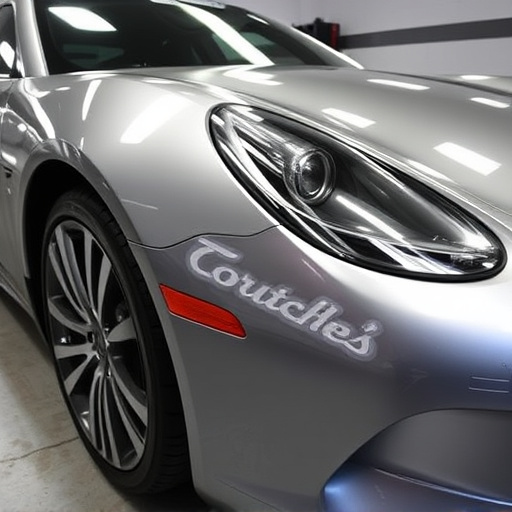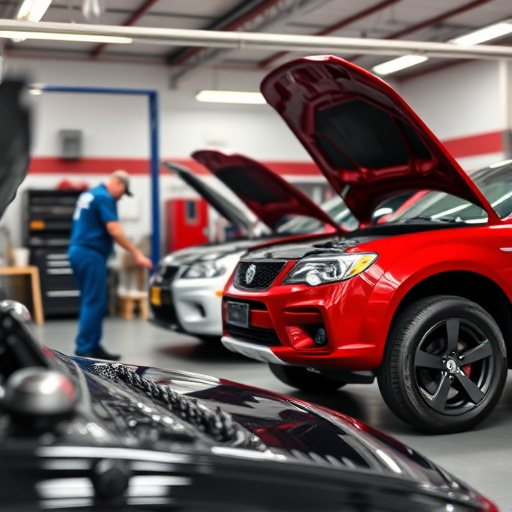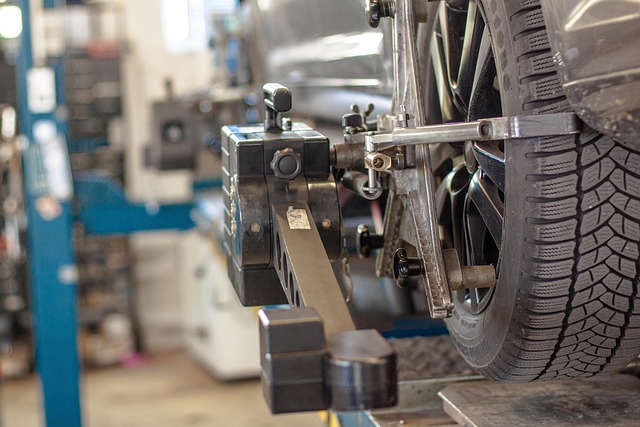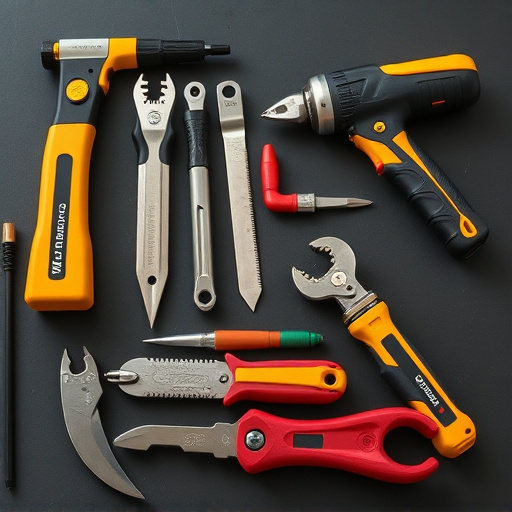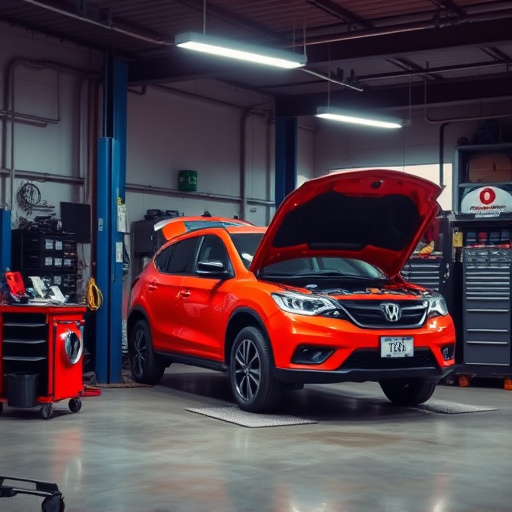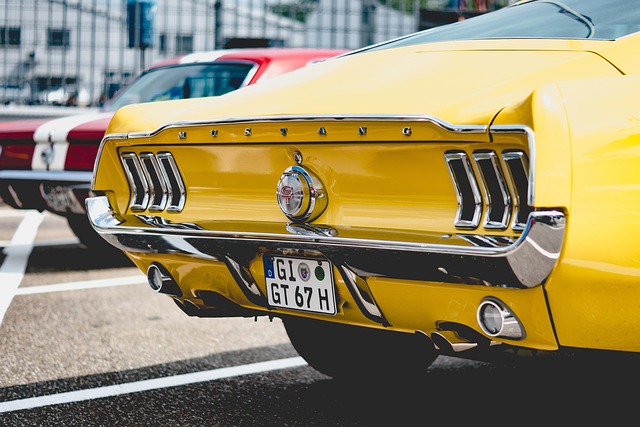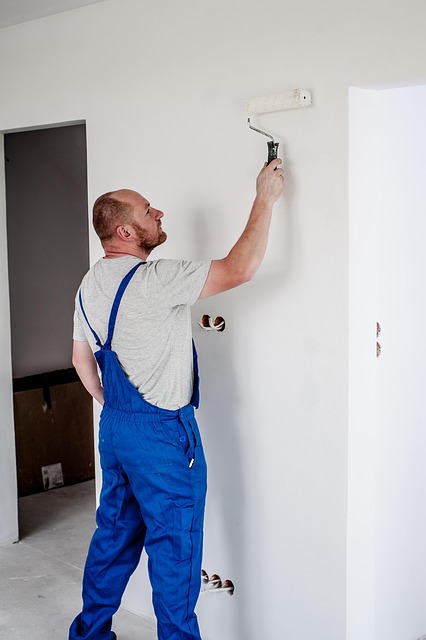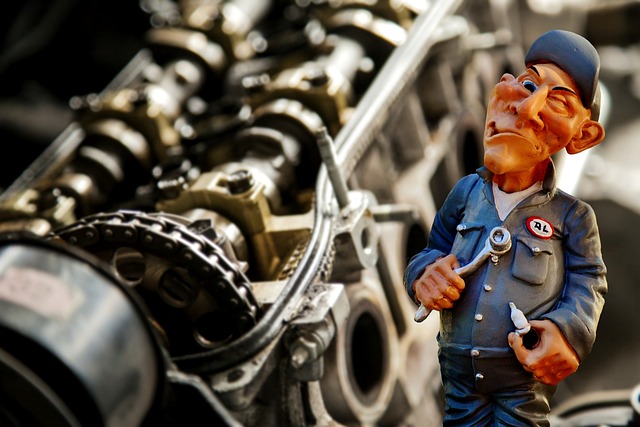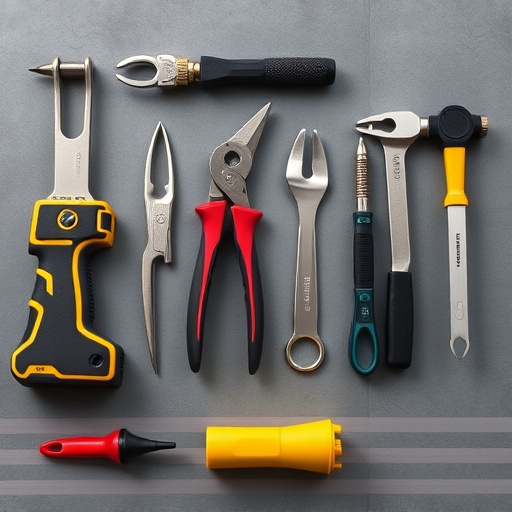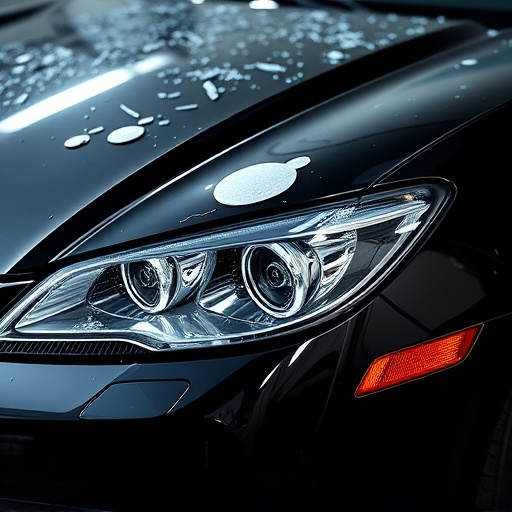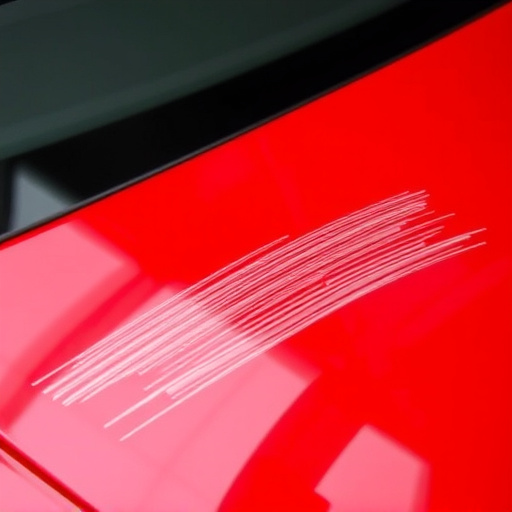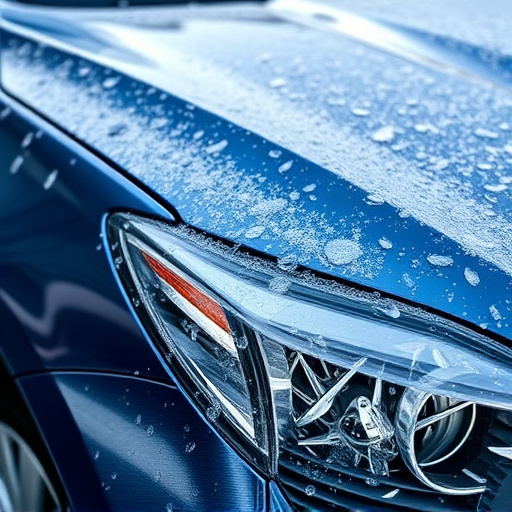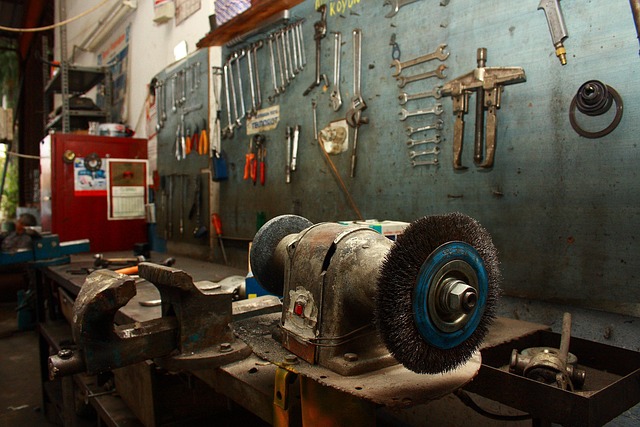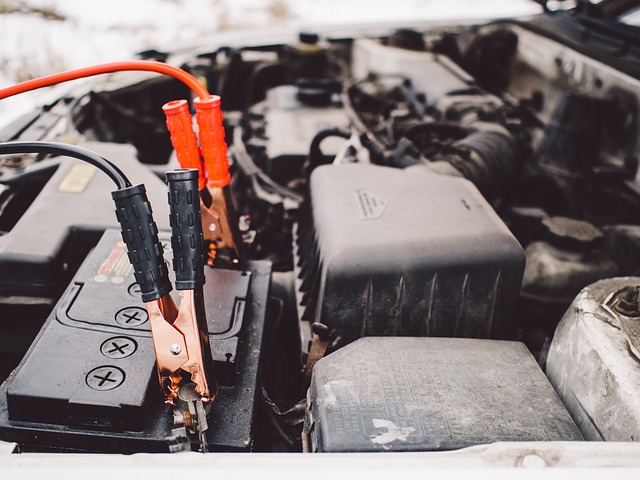Metal fabrication collision work is a specialized process using skilled technicians, CAD software, and laser cutting to transform raw materials into precise complex structures for industries like automotive manufacturing and aerospace engineering. Experience, adaptability, knowledge of metal properties, and interpretation of technical drawings are crucial for accurate and efficient project completion. Skilled artisans combine experience with best practices to deliver high-quality repairs and restoration in luxury vehicle repair and car restoration projects.
In the high-stakes realm of metal fabrication, successful collision work is not solely a matter of skilled hands. While experience plays a pivotal role, mastering metal fabrication collision involves a nuanced understanding of foundational principles and integrating best practices. This article delves into the intricacies, exploring how experienced professionals navigate complex challenges, combining practical knowledge with strategic techniques to achieve flawless results in this vital process, ensuring superior quality in every piece forged.
- Understanding Metal Fabrication Collision Basics
- Key Factors Beyond Experience in Collision Work
- Maximizing Success: Integrating Experience and Best Practices
Understanding Metal Fabrication Collision Basics
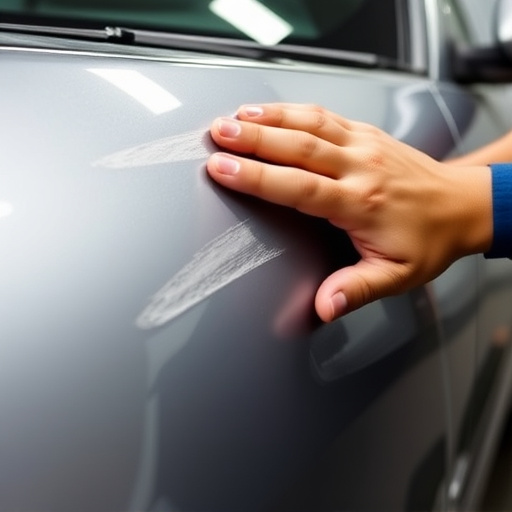
Metal fabrication collision work is a specialized process that involves shaping metal components to create precise and complex structures. Understanding the fundamentals of this technique is crucial for ensuring successful outcomes in various industries, from automotive manufacturing to aerospace engineering. At its core, metal fabrication collision centers around precise cutting, bending, and forming operations to transform raw materials into desired shapes. Skilled technicians utilize a range of tools and machinery, including computer-aided design (CAD) software and advanced laser cutting systems, to achieve high levels of accuracy and quality.
This meticulous process requires a deep knowledge of metal properties, such as different types of steel and aluminum alloys, each with unique characteristics affecting their behavior during collision work. Fleet repair services often rely on these principles for effective dent removal and car body repair, ensuring vehicles return to their pre-incident condition. The ability to interpret technical drawings and understand engineering specifications is also vital for fabricators to meet project requirements accurately and efficiently.
Key Factors Beyond Experience in Collision Work
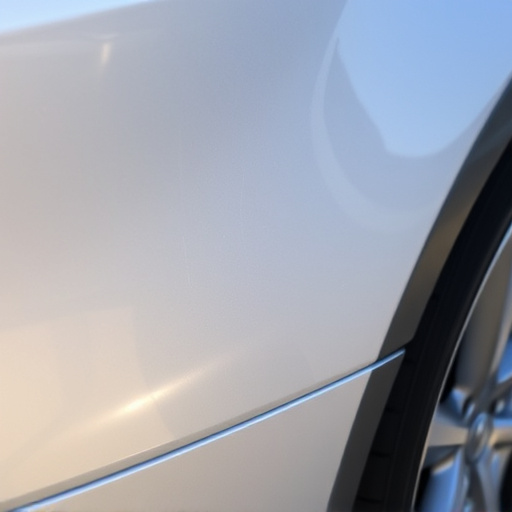
In metal fabrication collision work, while experience plays a pivotal role, it’s not the sole determinant of success. Several other factors come into play, especially as the industry evolves with advanced technologies and materials. Skilled technicians must stay updated with the latest tools and equipment to ensure precision and quality in their work.
Additionally, understanding the specific requirements of each project is crucial. Whether it’s for automotive repair services, scratch repair, or classic car restoration, the ability to adapt and tailor techniques accordingly is key. Thorough knowledge of different metal types, their properties, and how they interact during collision processes is essential. This expertise, combined with a keen eye for detail, enables fabricators to deliver top-notch results, even in complex scenarios.
Maximizing Success: Integrating Experience and Best Practices
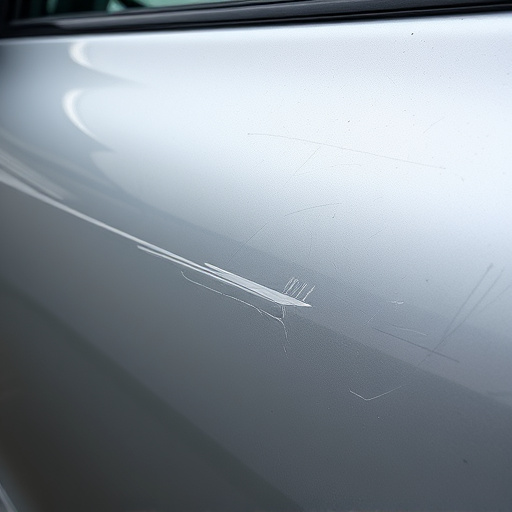
Maximizing success in metal fabrication collision work requires a strategic blend of experience and best practices. Skilled artisans understand that every project is unique, demanding tailored approaches to ensure precision and quality. Incorporating industry-standard best practices serves as a cornerstone, providing a framework for consistent excellence.
In the realm of metal fabrication collision, experience guides professionals in navigating complex repairs, especially when handling delicate components typical in luxury vehicle repair and car restoration projects. An auto repair shop’s expertise enables them to adapt techniques, utilizing advanced tools and materials to match the original craftsmanship. This holistic integration enhances outcomes, ensuring restored vehicles not only look but also perform like new, meeting the stringent standards of discerning clients.
In conclusion, mastering metal fabrication collision work requires a blend of practical experience and strategic best practices. While experience plays a pivotal role, it’s not the sole determinant of success. By understanding the fundamental principles and integrating them with modern techniques, fabricators can achieve unparalleled precision and quality in their collision projects. Adopting a holistic approach that combines expertise with innovative strategies ensures optimal outcomes in metal fabrication collision, positioning professionals for sustained success in this specialized field.
